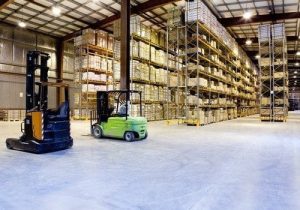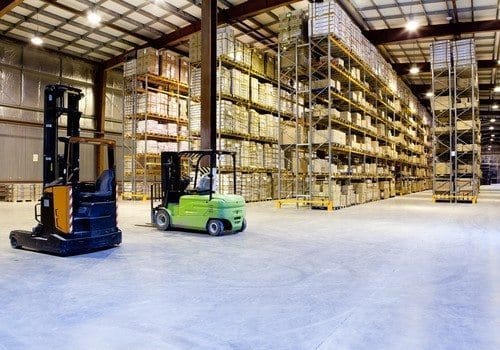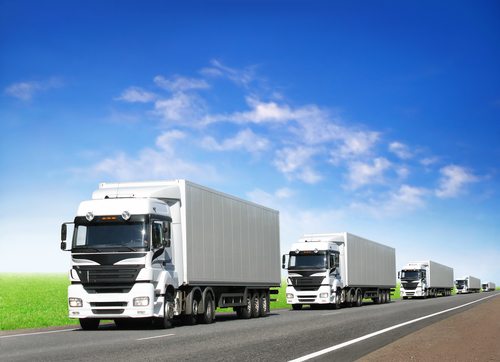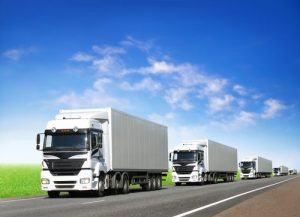
Warehouse safety and forklift safety go hand-in-hand. Is your workplace compliant?
Creating a Safe Environment
Implemented by your company and maintained by OSHA, Safety in warehouses and forklift environments should be standard, not optional. Pedestrian workers, forklift operators, and supervising managers should all feel safe and secure. To achieve this, careful attention must be given to the following areas of your warehouse, not just pre-audit, but year-round:
Workspace Safety
To safeguard employees, keep workspaces uncluttered and walkways clear, remaining vigilant of tripping hazards. Keep all areas well lit, ensuring maximum visibility. Clean up spills immediately to keep slip and fall hazards in check.
Electrical Safety
Make sure all outlets function properly and aren’t overloaded, avoiding the use of extension cords which present multiple safety risks, including trip and water/fire hazards.
Equipment Safety
Well maintained, easy to operate warehouse equipment that is routinely inspected prior to use is integral to warehouse safety.
Fire Safety
Remove any/all fire hazards. Keep fire extinguishers in easily accessible areas. Test/replace them regularly, ensuring they’re in good working condition and employees know when/how to use them. Clearly mark all exits, keeping them free of obstructions.
Hazmat Safety
Ensure a clear path to eyewash stations and keep them in good working order. Clearly label all chemicals, keeping material safety data sheets (MSDS) on hand and easily accessible for rapid response in the event of an emergency.
Emergency Procedures
Knowledgeable employees are safe employees. Clear instructions on what to do in the event of accident, medical emergency, fire, or weather-related disaster are essential.
Do you have the right warehouse equipment and features to enhance worker safety? Protect employees from serious injury and improve efficiency with the help of DJ Products today.


